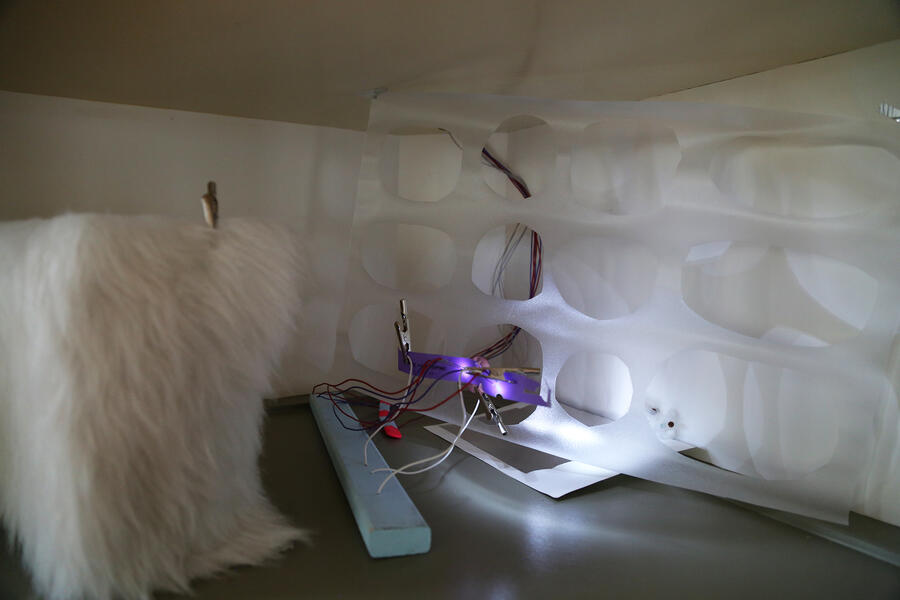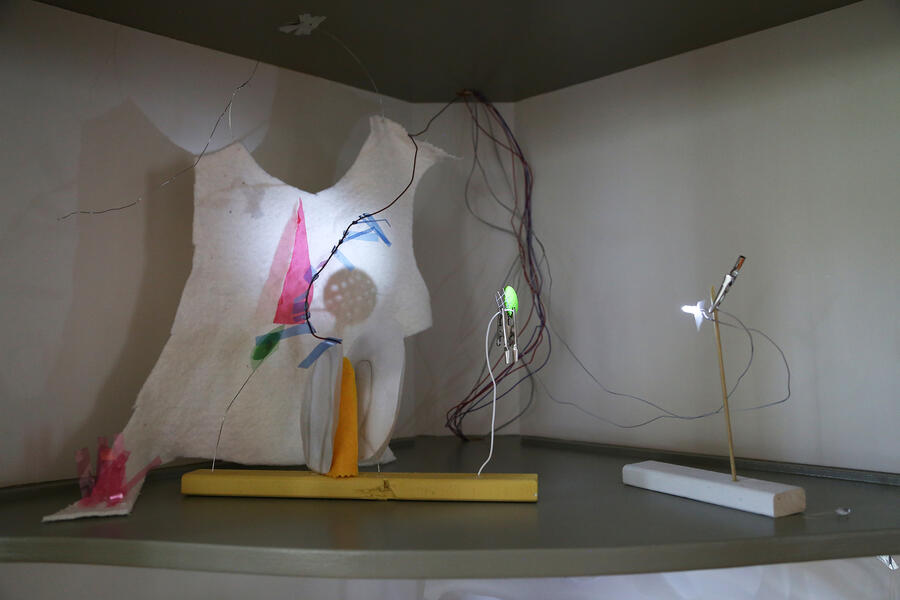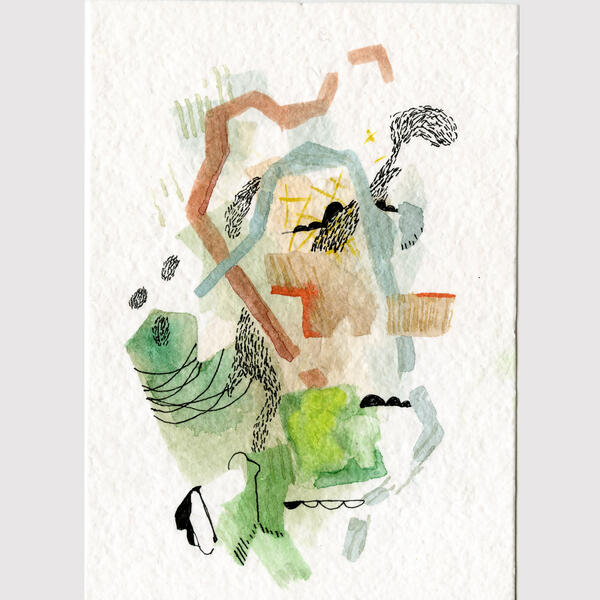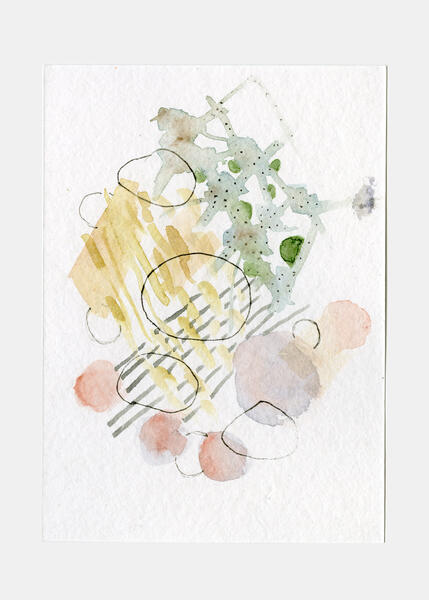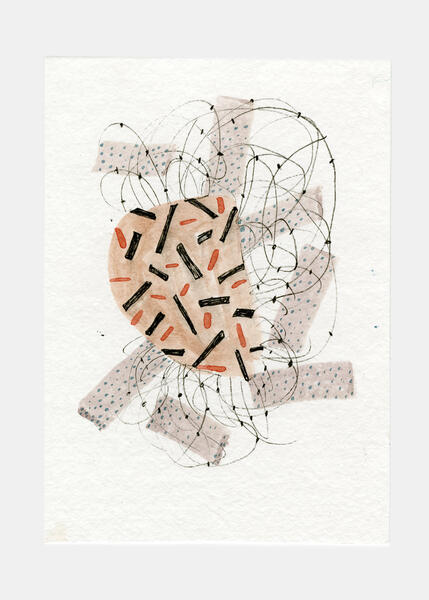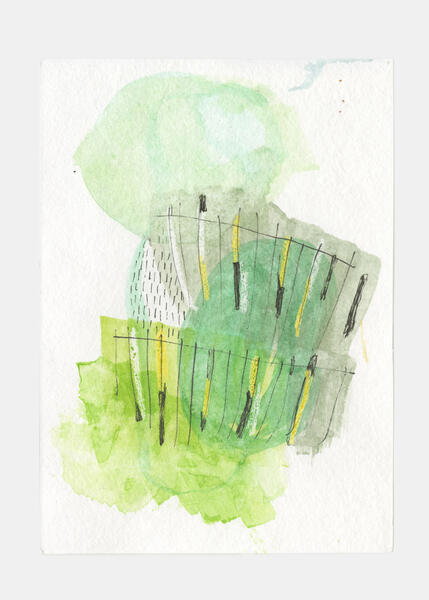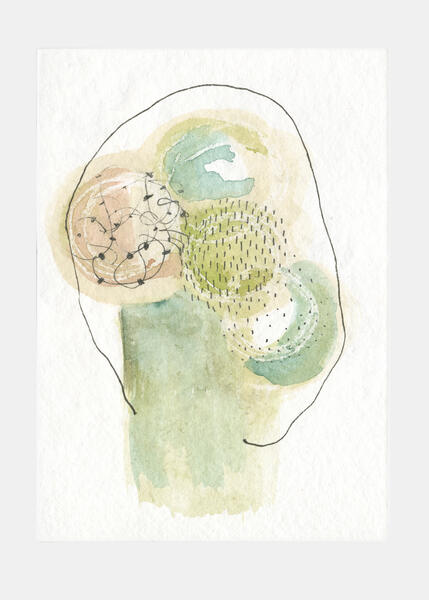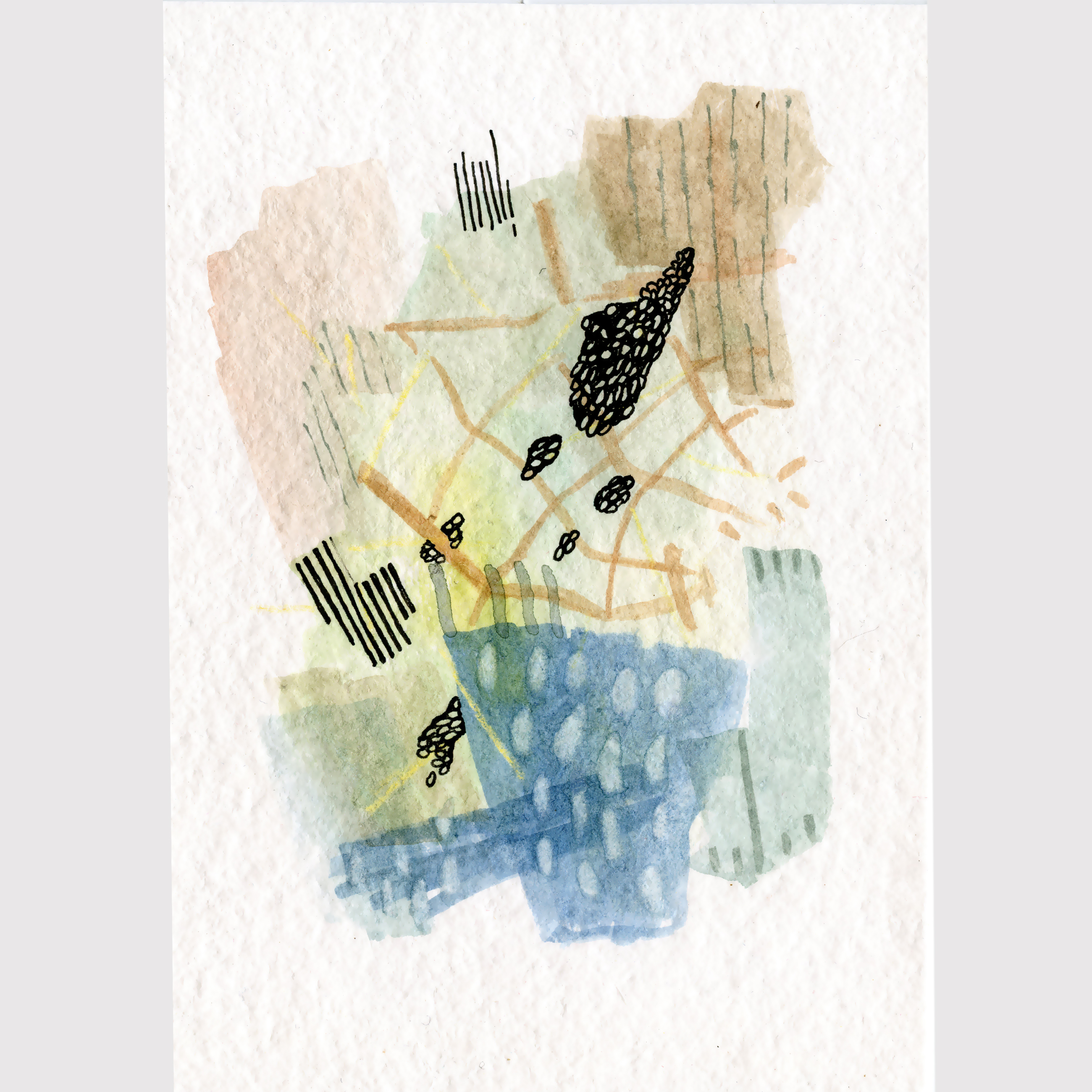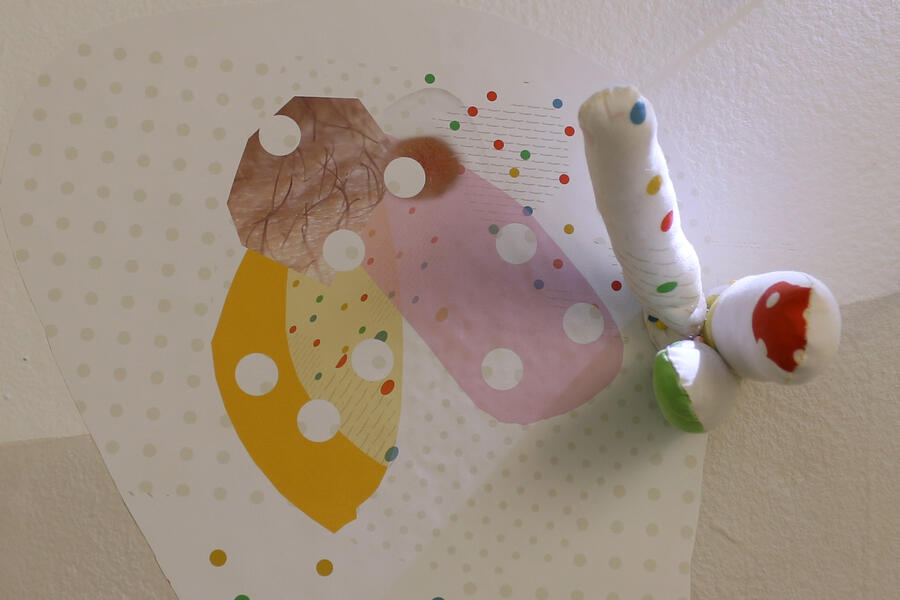About Bonnie
Baltimore City - Station North A&E District

Baltimore-based artist and mom Bonnie Crawford does not sleep well. Her work explores how intimacy, risk, and harm inform habits of care. She began working this way when she became a single mother of two and in turn became dependent on extralegal, queer family structures for support. She received an MFA from the University of Maryland Baltimore County and a BA in Studio Art from the University of Maryland College Park. She was awarded a prize in the 2015 Juried… more


